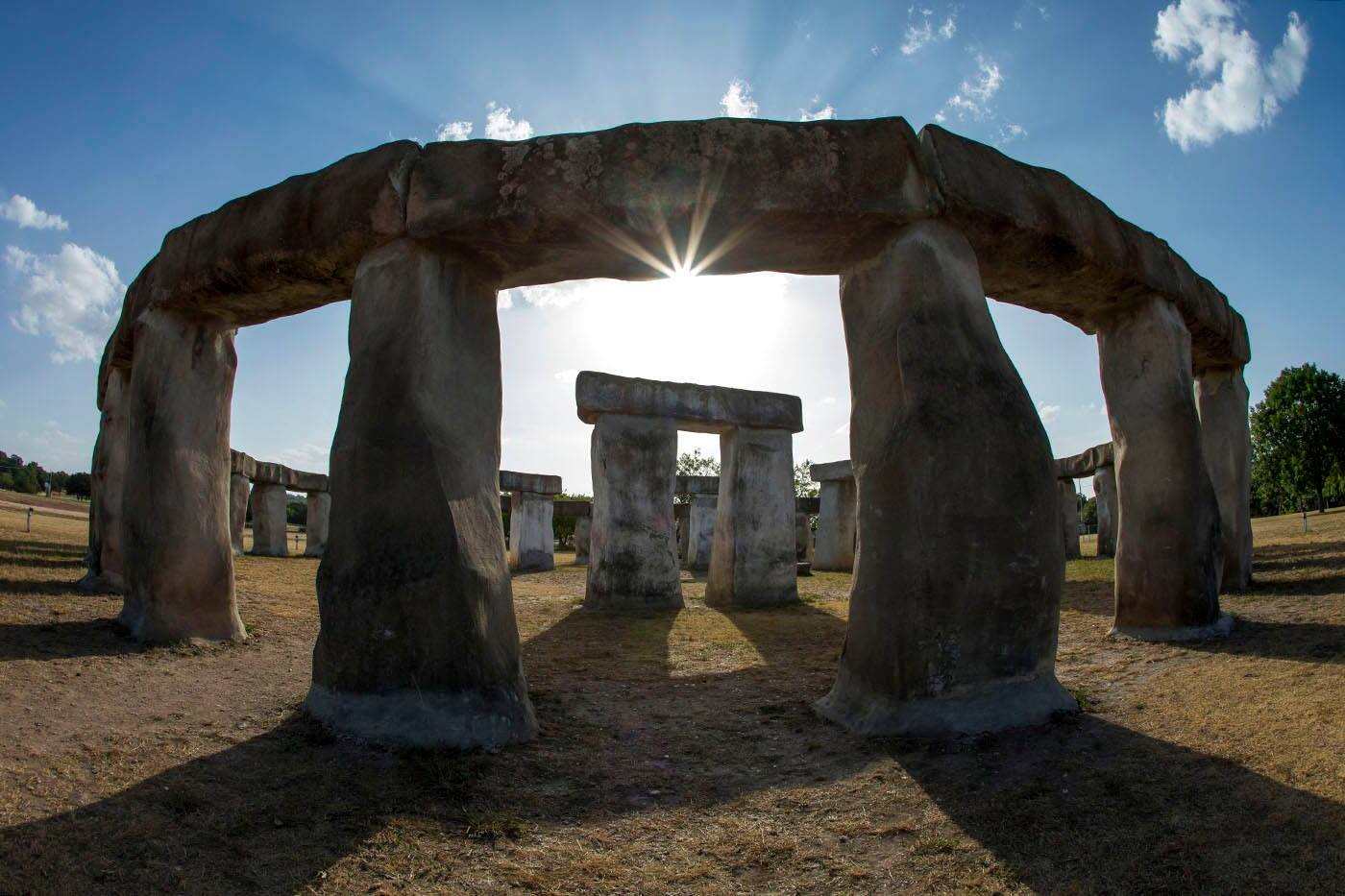Secrets Of Texas’s Hill Country Stone Forts

Have you ever wondered about the stone forts scattered across Texas's Hill Country? These historic structures tell stories of early settlers, Native American tribes, and frontier life. Built from local limestone, these forts served as protection and community hubs. Today, they stand as reminders of a rugged past, blending seamlessly with the scenic landscape. Whether you're a history buff or just love exploring unique sites, visiting these forts offers a glimpse into Texas's rich heritage. Ready to step back in time and uncover the secrets of these fascinating landmarks? Let's dive into the history and charm of Texas's Hill Country stone forts.
Secrets of Texas's Hill Country Stone Forts
Texas's Hill Country is a treasure chest of history, and its stone forts are some of the most fascinating gems. These forts tell stories of battles, settlers, and the rugged spirit of the Lone Star State. Let's uncover some of these hidden historical sites.
Fort Martin Scott
Located just outside Fredericksburg, Fort Martin Scott is one of the first military outposts in Texas. Established in 1848, this fort played a crucial role in protecting settlers from Native American raids.
- Fort Martin Scott: This fort offers a glimpse into the life of soldiers and settlers in the mid-19th century. The restored buildings and informative exhibits make it a must-visit.
Fort Croghan
Fort Croghan, situated in Burnet, was established in 1849 to protect settlers from Native American attacks. It served as a vital military post during the early days of Texas statehood.
- Fort Croghan: The fort's museum showcases artifacts and exhibits that bring the history of the Texas frontier to life. Visitors can explore the original buildings and learn about the challenges faced by early settlers.
Fort Mason
Fort Mason, located in Mason, Texas, was established in 1851. It played a significant role during the Indian Wars and later served as a training ground for Confederate soldiers during the Civil War.
- Fort Mason: The fort's ruins and historical markers provide a fascinating look into its storied past. The nearby town of Mason offers additional historical sites and charming local shops.
Fort McKavett
Fort McKavett, near Menard, is one of the best-preserved examples of a Texas frontier fort. Established in 1852, it served as a key military outpost during the Indian Wars.
- Fort McKavett: The fort's well-preserved buildings and informative exhibits make it a captivating destination for history enthusiasts. The scenic surroundings add to the charm of this historic site.
Fort Concho
Located in San Angelo, Fort Concho was established in 1867 to protect settlers and maintain order in the region. It played a crucial role during the Indian Wars and later became a key supply depot.
- Fort Concho: This National Historic Landmark offers a wealth of exhibits, reenactments, and events that bring the history of the fort to life. The well-preserved buildings provide a vivid picture of life on the Texas frontier.
Fort Richardson
Fort Richardson, situated in Jacksboro, was established in 1867. It served as a key military post during the Indian Wars and played a significant role in the settlement of North Texas.
- Fort Richardson: The fort's museum and restored buildings offer a fascinating look into its history. Visitors can explore the barracks, hospital, and other structures that have been meticulously preserved.
Fort Griffin
Fort Griffin, located near Albany, was established in 1867. It played a crucial role in the Indian Wars and later became a bustling frontier town.
- Fort Griffin: The fort's ruins and historical markers provide a glimpse into its storied past. The nearby Fort Griffin State Historic Site offers additional exhibits and events that bring the history of the fort to life.
Fort Lancaster
Fort Lancaster, near Sheffield, was established in 1855 to protect travelers along the San Antonio-El Paso Road. It played a significant role in the settlement of West Texas.
- Fort Lancaster: The fort's ruins and interpretive trails offer a fascinating look into its history. The scenic surroundings and informative exhibits make it a captivating destination for history buffs.
Fort Chadbourne
Fort Chadbourne, located near Bronte, was established in 1852. It served as a key military post during the Indian Wars and later became a vital supply depot.
- Fort Chadbourne: The fort's museum and restored buildings provide a vivid picture of life on the Texas frontier. The well-preserved structures and informative exhibits make it a must-visit for history enthusiasts.
Discovering Texas's Hidden Gems
Texas's Hill Country stone forts offer a unique glimpse into the past. These historic sites, like Fort Martin Scott and Fort Croghan, tell stories of early settlers and military life. Visiting these forts isn't just about seeing old buildings; it's about connecting with history. The rugged beauty of the Hill Country adds to the experience, making each visit memorable.
Exploring these forts can be a fun adventure for families, history buffs, and anyone curious about Texas's past. Each fort has its own charm and story, providing a rich tapestry of experiences. Whether you're hiking the trails, touring the museums, or simply soaking in the scenery, there's something for everyone.
Next time you're in Texas, take a detour to these stone forts. You'll leave with a deeper appreciation for the state's history and the people who shaped it.

